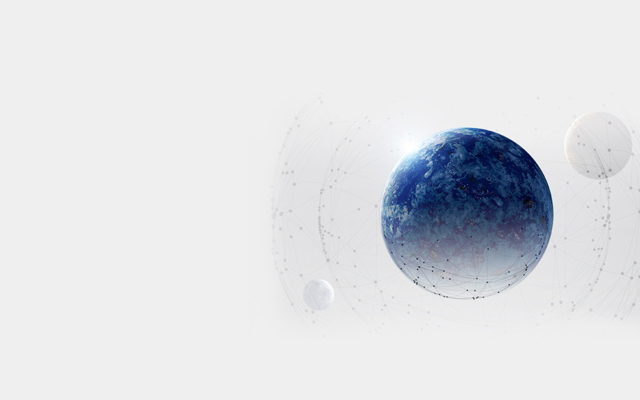There are currently three types of magnetron sputtering pvd coating machine in the market, one is DC magnetron sputtering pvd coating machine, one is intermediate frequency magnetron sputtering pvd coating machine, and the other is radio frequency magnetron sputtering pvd coating machine, the applied technology is different , The advantages of pvd coating machine are somewhat different. The following editor will explain the working principle of magnetron sputtering pvd coating machine for you, hoping to help you:

The magnetron
pvd coating machine uses glow discharge to hit argon (Ar) ions on the surface of the target, and the atoms of the target are ejected and accumulate on the surface of the substrate to form a thin film.
The properties and uniformity of the sputtered film are better than those of the evaporated film, but the coating speed is much slower than that of the evaporated film.
Almost all new sputtering equipment uses powerful magnets to move electrons in a spiral shape to accelerate the ionization of argon around the target, which increases the probability of collision between the target and argon ions and increases the sputtering rate. Generally, DC sputtering is used for metal coating, while RF AC sputtering is used for non-conductive ceramic materials. The basic principle is to use glow discharge (glow discharge) to hit argon (Ar) ions on the target in vacuum. On the surface, the positive ions in the plasma will accelerate towards the surface of the negative electrode as the material to be sputtered. This impact will cause the target material to fly out and deposit on the substrate to form a thin film.
In general, there are several characteristics of thin film coating by sputtering process:
(1) Metals, alloys or insulators can be made into thin film materials.
(2) Under proper setting conditions, multi-variate and complex targets can be produced into thin films with the same composition.
(3) By adding oxygen or other active gases into the discharge atmosphere, a mixture or compound of target material and gas molecules can be produced.
(4) The target input current and sputtering time can be controlled, and it is easy to obtain high-precision film thickness.
(5) Compared with other processes, it is more conducive to the production of large-area uniform films.
(6) The sputtering particles are almost not affected by gravity, and the positions of the target and the substrate can be freely arranged.
(7) The adhesion strength between the substrate and the film is more than 10 times that of the general evaporated film, and because the sputtered particles have high energy, they will continue to diffuse on the film-forming surface to obtain a hard and dense film. At the same time, this high energy makes the substrate as long as Crystalline films can be obtained at lower temperatures.
(8) The nucleation density at the initial stage of film formation is high, and extremely thin continuous films below 10nm can be produced.
(9) The life of the target is long, and it can be automatically and continuously produced for a long time.
(10) The target can be made into various shapes, which can be matched with the special design of the machine for better control and the most efficient production.



